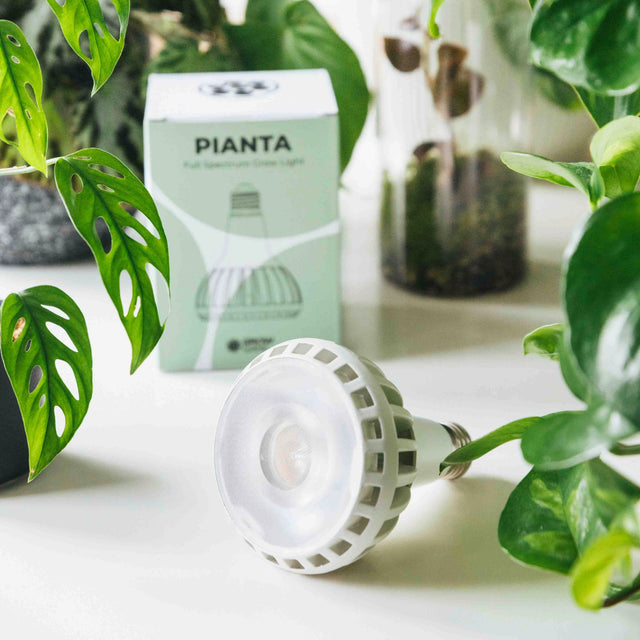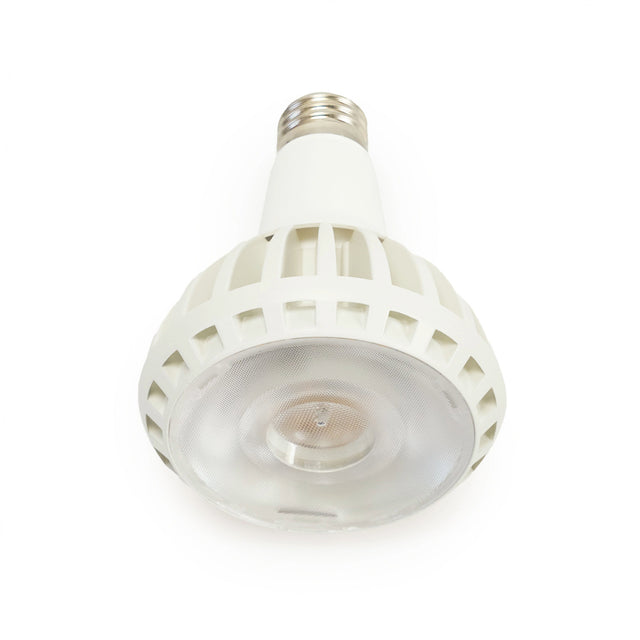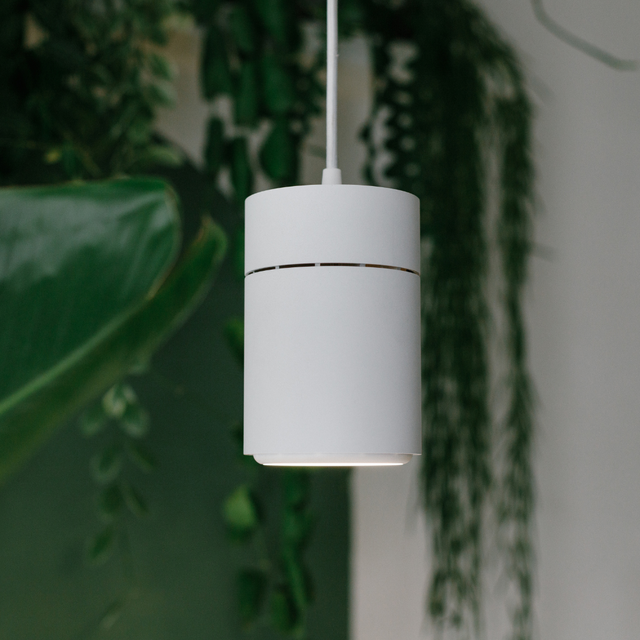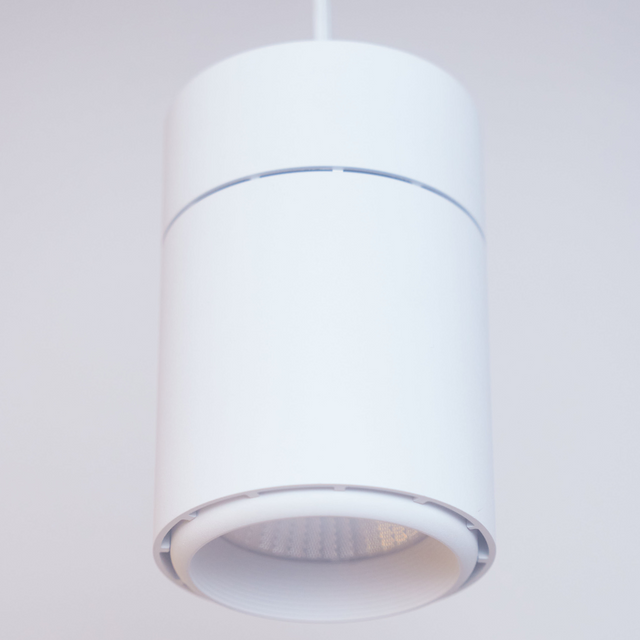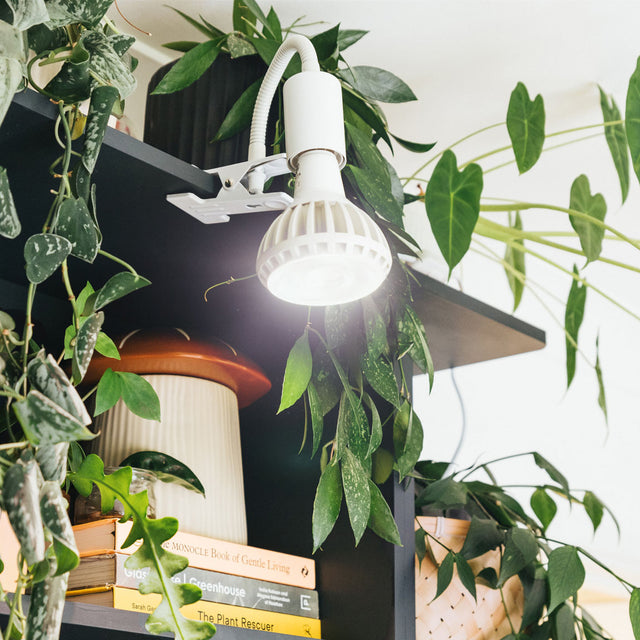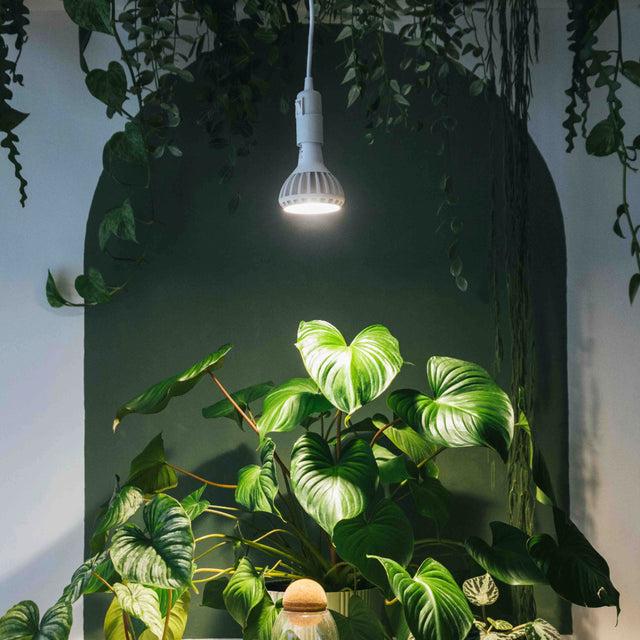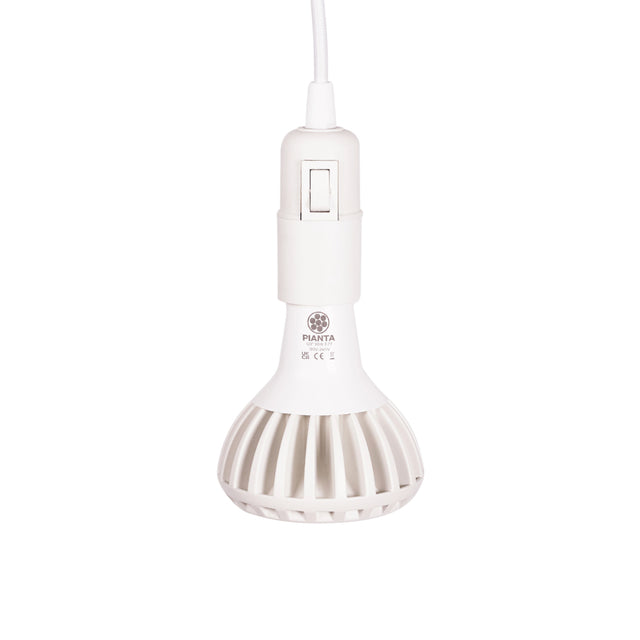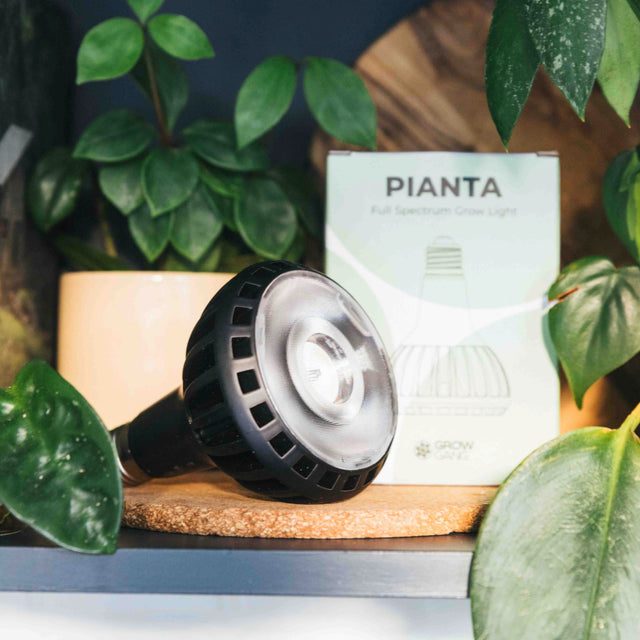
🔬Scientific name: Nematanthus gregarius, (Family: Gesneriaceae)
🌍 Origin: It’s native to the tropical regions of South America, with Brazil being its primary point of origin. It naturally thrives in the warm, humid environments of southeastern rainforests, where it often grows as an epiphyte on trees. Although it lives on other plants, it is not parasitic. This tropical origin contributes to its need for warmth, high humidity, and indirect light when cultivated indoors.
Lighting
Lighting requirement: Bright, indirect light
It thrives in bright, indirect light, making it well-suited for placement near east- or west-facing windows where it can receive plenty of filtered sunlight. Direct sunlight, especially during the intense midday hours, should be avoided as it can scorch the leaves. Inadequate light can lead to leggy growth and poor blooming, as this plant relies on sufficient light to produce its distinctive orange, fish-shaped flowers.
The Goldfish Plant also adapts well to LED grow lights. These lights should be placed 6 to 12 inches above the plant and kept on for about 12 to 14 hours per day to simulate a natural daylight cycle. Proper lighting is essential for maintaining its vibrant foliage and encouraging healthy flowering. This makes the Goldfish Plant a versatile and attractive choice for well-lit plant shelves or grow stations.
Watering:
It requires moderate watering and thrives when the soil is kept consistently moist but not soggy. It’s best to water the plant when the top inch of soil feels dry to the touch, typically about once a week depending on environmental conditions such as temperature, light, and humidity. During its active growing season in spring and summer, more frequent watering may be needed, while in the dormant period during autumn and winter, watering should be reduced to allow the soil to dry slightly between sessions. Avoid letting the plant sit in standing water, as excess moisture can lead to fungal issues and poor plant health.
Humidity
The Goldfish Plant prefers a high-humidity environment, reflecting its tropical rainforest origins. Ideally, it should be kept in conditions with humidity levels around 50–60% or higher to promote lush foliage and vibrant blooms.
Humidity Guidelines:
- Regular misting: Using a humidifier, or placing the plant on a pebble tray with water can help maintain optimal moisture levels in the air.
- When humidity is too low, especially in winter or with indoor heating, the plant may develop brown, crispy leaf edges or experience bud drop.
- Group plants together: Clustering it with other tropical plants can naturally increase the local humidity around them.
Maintaining consistent humidity is key to supporting the plant’s overall health and encouraging its characteristic flowering.
Fertiliser:
The Goldfish Plant benefits from regular feeding during the growing season to support healthy foliage and abundant blooms. A balanced, water-soluble fertiliser diluted to half strength should be applied every two to four weeks in spring and summer. Fertilisers specifically formulated for flowering houseplants are also suitable and can encourage more prolific blooming. Feeding should be paused during autumn and winter when the plant's growth slows. To avoid fertiliser burn or salt build-up, it's advisable to occasionally flush the soil with clean water. For an organic alternative or supplement, liquid seaweed or fish emulsion can be used, particularly if the plant appears pale or lacks vigour. Regular, moderate fertilisation during the active months is key to maintaining the plant's lush appearance and signature goldfish-like flowers.
Temperature:
It thrives in warm, stable temperatures that replicate its tropical origins, ideally ranging between 18°C and 24°C. It is sensitive to cold and should not be exposed to temperatures below 15°C, as this can lead to leaf drop or other stress-related issues. Consistency is crucial, as sudden fluctuations in temperature may negatively impact growth and flowering. The plant should be kept away from cold drafts, as well as from heat sources such as radiators or direct afternoon sunlight, which can cause the foliage to dry out. In cooler climates, especially during autumn and winter, it’s important to keep the plant indoors to protect it from chilly conditions.
Troubleshooting and Pests:
This plant is relatively hardy but can experience problems if care conditions are not optimal. Leaf drop or wilting is often the result of inconsistent watering or sudden temperature changes, while leggy growth typically indicates insufficient light. A lack of flowering may be due to poor lighting, inadequate feeding, or general stress. Yellowing leaves can signal overwatering, poor drainage, or nutrient deficiencies.
In terms of pests, the plant may occasionally attract aphids, mealybugs, spider mites, or scale insects. Aphids and mealybugs can be treated with insecticidal soap or neem oil, with mealybugs also requiring manual removal using a cotton swab dipped in alcohol. Spider mites often appear in dry conditions and can be managed by increasing humidity and using miticides or neem oil. Scale insects should be gently scraped off and treated similarly. Regular inspection and prompt treatment, along with maintaining a clean, humid, and stable environment, will help keep the Goldfish Plant healthy and free from common issues.
Height:
The Goldfish plant is a compact, trailing houseplant that typically grows to a height of around 20 to 30 cm when upright in a pot. However, its real appeal lies in its cascading stems, which can extend up to 90 cm or more, making it an ideal choice for hanging baskets, shelves, or high ledges where its vines can drape attractively. It has a moderate growth rate, especially during the warmer months of spring and summer when provided with adequate light, humidity, and nutrition. While it naturally grows in a trailing form, the plant can also be gently trained to climb a small trellis or support if a more upright display is desired. Though it doesn’t grow tall, its trailing habit and vibrant blooms make it a visually striking addition to indoor plant collections.
Is It Toxic To Pets?
No. The Goldfish Plant is considered non-toxic to pets, including cats and dogs, making it a safe choice for households with animals. It does not contain harmful compounds that would pose a risk if ingested. However, as with any non-edible plant, occasional nibbling may still lead to mild gastrointestinal upset in some pets, such as vomiting or diarrhoea, due to the ingestion of plant material. While generally pet-friendly, it’s still advisable to keep the plant out of reach of particularly curious pets to prevent any potential issues. Overall, the Goldfish Plant is a beautiful and safe addition to pet-inclusive homes.
